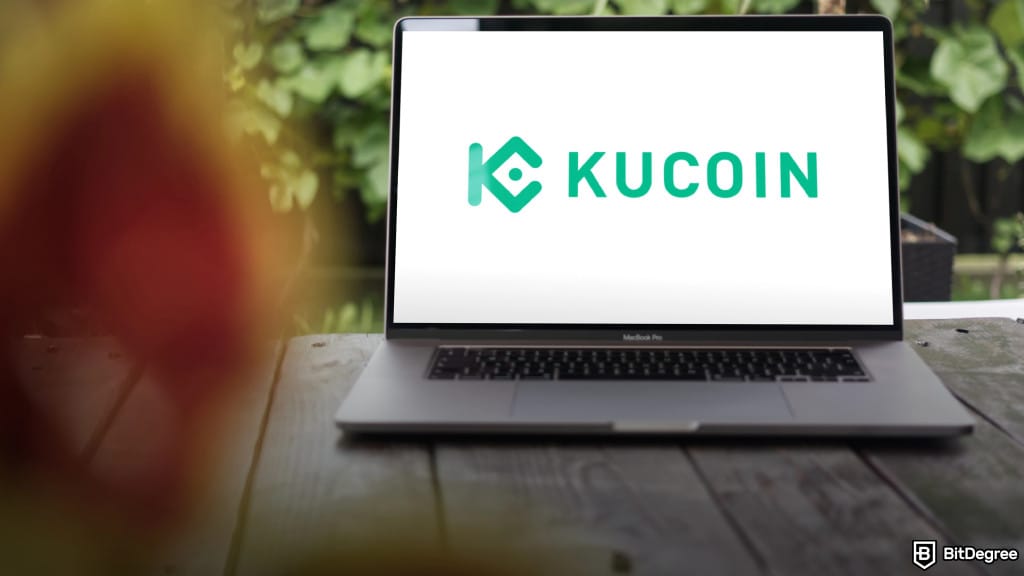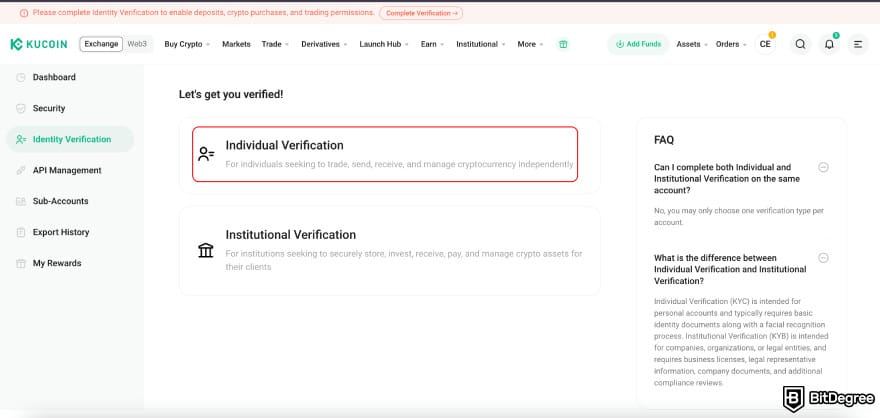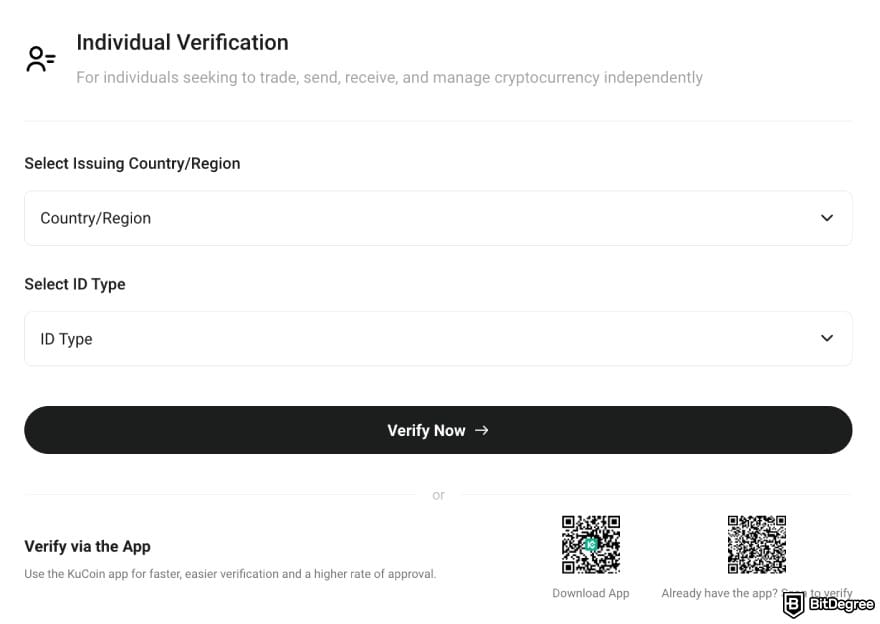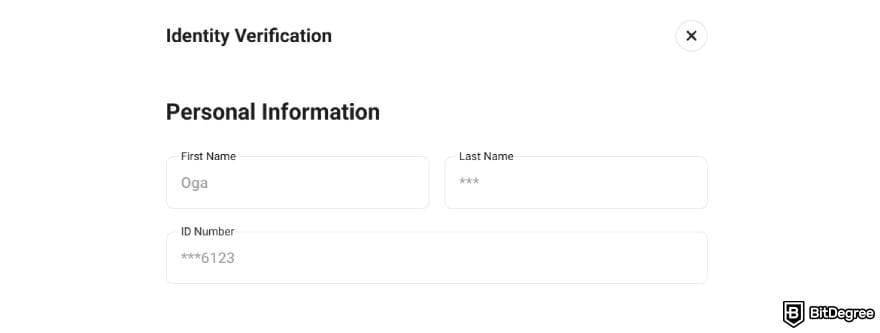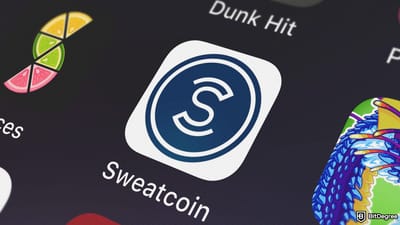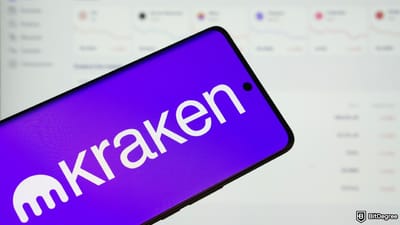Key Takeaways
- KuCoin supports fiat withdrawals only in EUR via SEPA and BRL via Pix, which require completed KYC plus a Trading Password and 2FA;
- To cash out in other currencies or to PayPal, move crypto (e.g., USDT/USDC) from KuCoin to a supported exchange like Binance and withdraw there;
- Reduce risk and delays by double‑checking wallet networks and bank details, planning for fees and settlement times, and being prepared for compliance reviews.
Stop overpaying - start transferring money with Ogvio. Sign up, invite friends & grab Rewards now! 🎁
So, you’ve signed up, bought some crypto, and now you’re wondering how to withdraw money from KuCoin to your bank account. Maybe you’re even staring at your portfolio and thinking, "Okay, what now?". It’s a common question - and you're not alone in asking it.
KuCoin supports direct fiat withdrawals in EUR (via SEPA/SEPA Instant, where available) and BRL (via Pix). If you need USD or another currency, the usual path is to transfer your crypto to another exchange that offers your preferred payout and cash out there.
But the good news is that it’s totally doable - and surprisingly quick once you know how it works. In this guide, I’ll show you exactly how to move your money off KuCoin, walk through the safest and cheapest methods, and help you avoid beginner mistakes. Let’s get started.

Did you know?
Subscribe - We publish new crypto explainer videos every week!
What is Terra Luna? History & Crash Explained (ANIMATED)


Table of Contents
- 1. How to Withdraw Money From KuCoin
- 1.1. Log In to Your KuCoin Account
- 1.2. Verify Your Identity
- 1.3. Set Up Two-Factor Authentication For Withdrawal
- 1.4. Withdraw Funds From KuCoin Using Ogvio
- 1.5. Withdraw Funds From Your Dashboard
- 2. How To Withdraw Money From KuCoin to PayPal
- 2.1. Withdraw Your Crypto to Another Exchange
- 2.2. Cashing Out from Binance
- 3. What Are the Key Considerations When Withdrawing Money From KuCoin?
- 3.1. Security
- 3.2. Data Privacy
- 3.3. Fees & Limits
- 3.4. Transaction Timing
- 3.5. Bank Compliance
- 4. Possible KuCoin Withdrawal Challenges
- 4.1. Low Fiat-Currency Options to Withdraw
- 4.2. Security Risks
- 4.3. KYC Issues While Withdrawing
- 4.4. No Cancellation Policy
- 5. Conclusions
How to Withdraw Money From KuCoin
There are two main methods on how to withdraw money from KuCoin: either transfer it directly to your bank account in EUR or BRL, or use another exchange as an intermediary to receive funds in a different currency
Latest Deal Active Right Now:Log In to Your KuCoin Account
If you don’t have a KuCoin account yet, don’t worry - logging in and signing up actually work pretty much the same way. That’s because KuCoin takes security seriously and always sends a one-time verification code to your email, whether you’re creating a new account or simply logging back in.
So here’s how it goes:
1
Head over to the KuCoin website (or open the app).
2
Enter your email address and password.
3
KuCoin will instantly send a verification code to your email address.
4
Copy that code, paste it back into the KuCoin screen, and tick the [I am human] check.
And that’s it! Once you’re inside your account, you’ll be able to complete KYC verifications, which will allow you to withdraw money from the KuCoin app.
Verify Your Identity
Before you can withdraw any money from KuCoin, you’ll need to complete their identity verification process (KYC).
📚 Read More: KuCoin KYC Requirements
It's not really a complicated or long process, but I'm here to give you all the details.
On the same page, you’ll also have to pick the type of ID you’re going to use. KuCoin only accepts passports, driver’s licenses, or national ID cards.
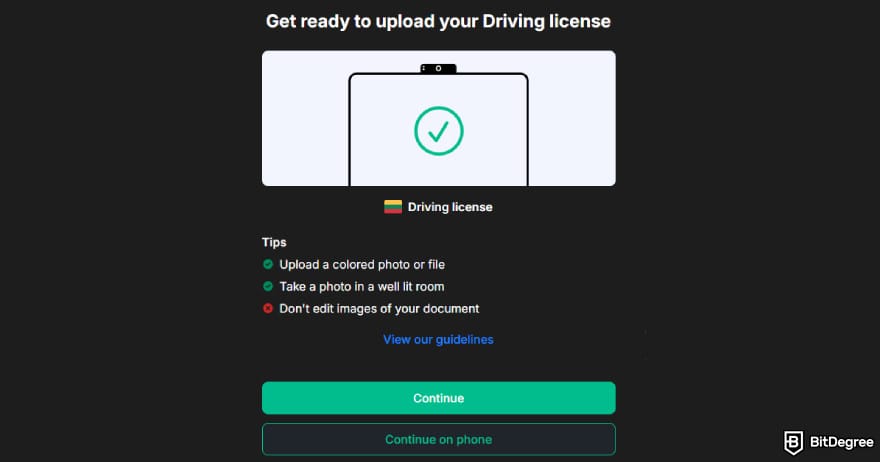
That's it. You should've successfully passed the KuCoin KYC verification.
Set Up Two-Factor Authentication For Withdrawal
Before KuCoin lets you withdraw any of your funds, it’ll require you to secure your account with more than just an email and password. You’ll actually need to set up both a Trading Password and an additional Two-Factor Authentication (2FA) option.
For the Trading Password, it’s a simple six-digit code you choose yourself. It acts as an extra layer of protection anytime you make withdrawals or certain account changes. Just be sure to pick something memorable without repetitive numbers, and definitely don’t reuse your login password.
On top of that, you’ll also need to enable a form of 2FA. KuCoin gives you two main choices here:
1
You can link your account to Google Authenticator (or any similar app).
2
Or you can use your phone number to receive SMS verification codes.
I already had Google Authenticator set up on my phone, so I went with that. Honestly, it’s super easy: you just scan the QR code KuCoin shows on your screen using the app, and then your KuCoin account instantly gets paired with it. From there, your app will keep generating a fresh one-time code every 30 seconds. Whenever KuCoin asks, you just open the app, grab the latest code, and pop it in.
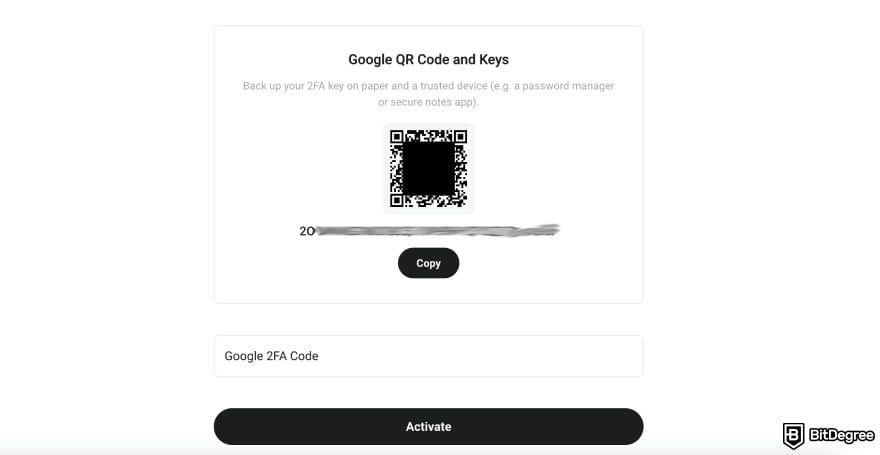
If, for some reason, scanning the QR code doesn’t work, there’s usually a long string of letters and numbers displayed right below it. You can copy that into your Authenticator app manually to link things up. Either way, the whole process only takes a minute or two, and it seriously levels up your account security.
Withdraw Funds From KuCoin Using Ogvio
Now, this option may sound attractive to quite a lot of users. You can directly withdraw your assets into a neobank called Ogvio, which can be used to transact with both fiat and crypto.
📚 Read More: Ogvio Review
The process itself is also very straightforward and easy:
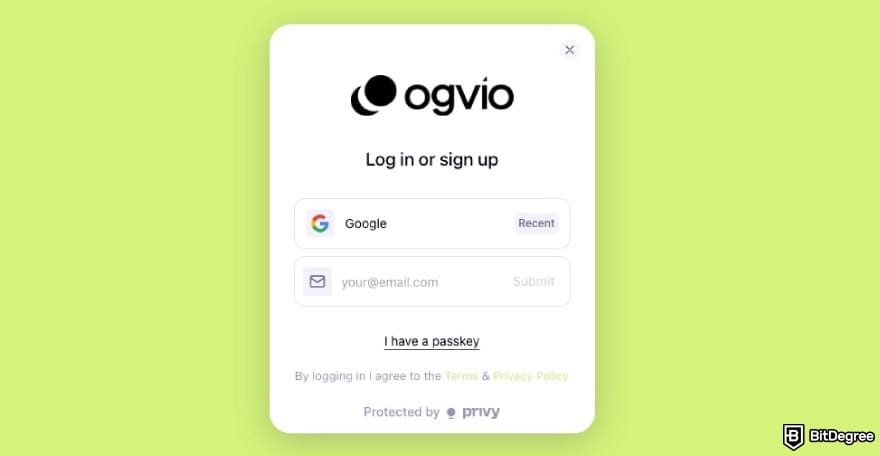
![How to withdraw money from KuCoin: a red arrow pointing to the [Add Money] button on Ogvio. How to withdraw money from KuCoin: a red arrow pointing to the [Add Money] button on Ogvio.](https://assets.bitdegree.org/images/how-to-withdraw-money-from-kucoin-ogvio-step-2.jpg)
![How to withdraw money from KuCoin: a red arrow pointing to the [See Your Wallet Address] option on Ogvio. How to withdraw money from KuCoin: a red arrow pointing to the [See Your Wallet Address] option on Ogvio.](https://assets.bitdegree.org/images/how-to-withdraw-money-from-kucoin-ogvio-step-3.jpg)
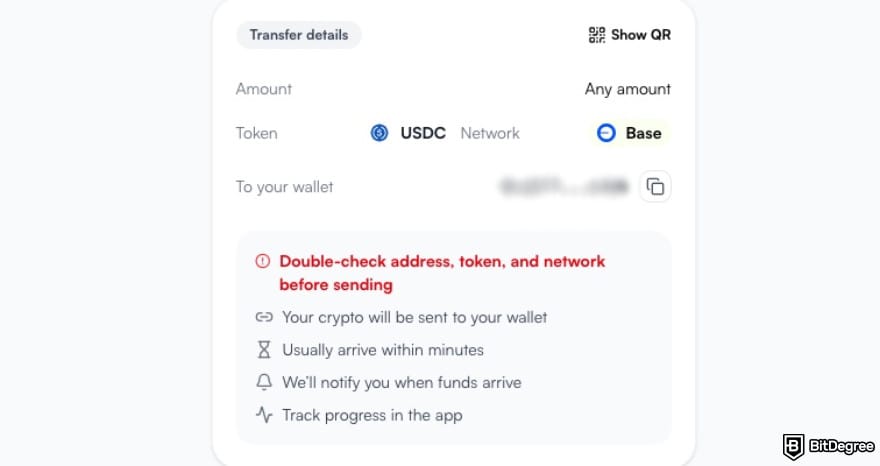
![How to withdraw money from KuCoin: a red arrow pointing to the [Add Funds] button on KuCoin. How to withdraw money from KuCoin: a red arrow pointing to the [Add Funds] button on KuCoin.](https://assets.bitdegree.org/images/how-to-withdraw-money-from-kucoin-ogvio-step-5.jpg)
![How to withdraw money from KuCoin: [Deposit], [Withdraw], and [History] option on KuCoin. How to withdraw money from KuCoin: [Deposit], [Withdraw], and [History] option on KuCoin.](https://assets.bitdegree.org/images/how-to-withdraw-money-from-kucoin-ogvio-step-6.jpg)
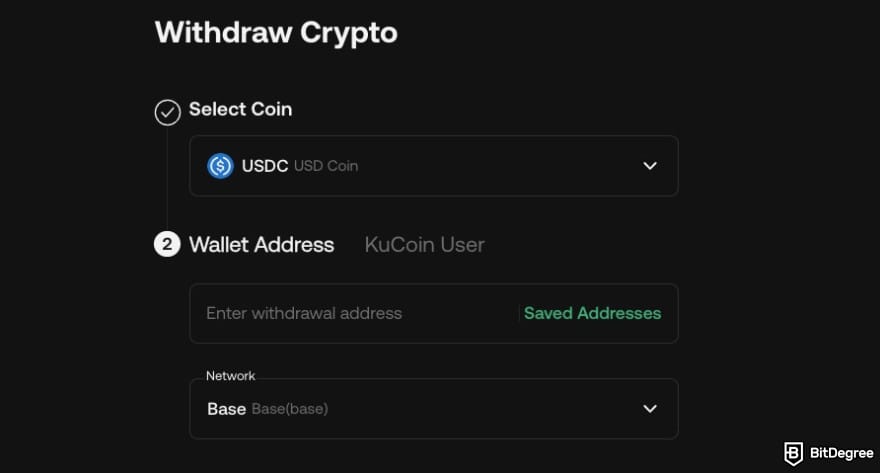
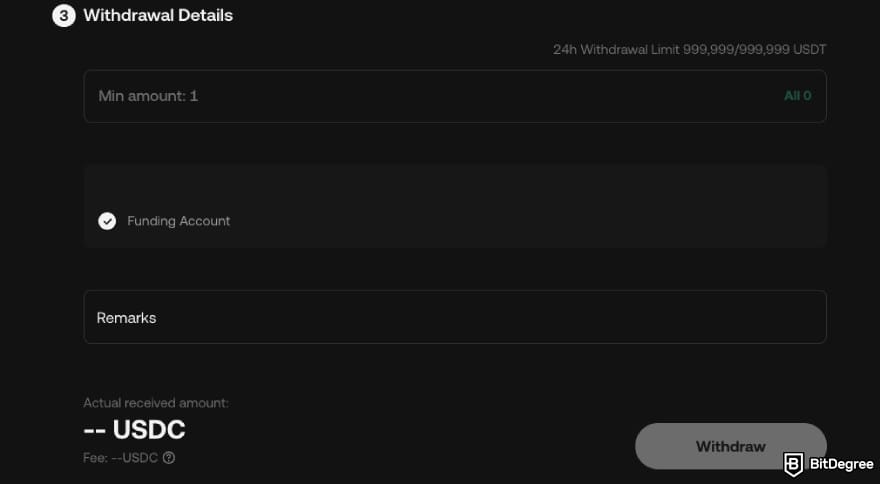
The last thing you'll need to do is press the [Withdraw] button and confirm the transaction; that will be all.
Crypto transfers on Ogvio are completely free (yes, there's even no network fee). So, you'll only need to pay on KuCoin's side.

Did you know?
Subscribe - We publish new crypto explainer videos every week!
How to Pick the Right DeFi dApp? (Dos and Don’ts Explained)


Withdraw Funds From Your Dashboard
KuCoin only supports fiat withdrawals in two currencies: Euros (EUR) and Brazilian Real (BRL). If you’re withdrawing in BRL, you’ll use Pix, but since I’m withdrawing in Euros, I’ll focus on using SEPA bank transfers, which is the standard for sending Euros directly to your bank account anywhere in the Eurozone.
Pix is Brazil’s instant payment network; it's super fast and very popular locally.
If you’re planning to withdraw BRL, you’ll still follow many of the same steps below, just with Pix selected as your payout method instead of SEPA.
Here’s a quick table comparing the fiat withdrawal options KuCoin currently supports:
SEPA (EUR) | Pix (BRL) | |
|---|---|---|
Fee | €1 per withdrawal | Usually free on KuCoin's side |
Minimum Withdrawal Amount | €1.01 | R$3 |
Maximum Withdrawal Amount | €50,000 per transaction | Typically R$200,000/day |
Estimated Time | 1-2 days (SEPA Credit) | Often within seconds |
Table: Fiat withdrawal options on KuCoin
KuCoin also applies platform‑wide daily fiat limits managed in USDT-equivalent (e.g., 150,000 USDT/day for individual accounts). Your bank may impose its own daily caps.
Now, let me walk you through the steps of how to withdraw money from KuCoin to a bank account.
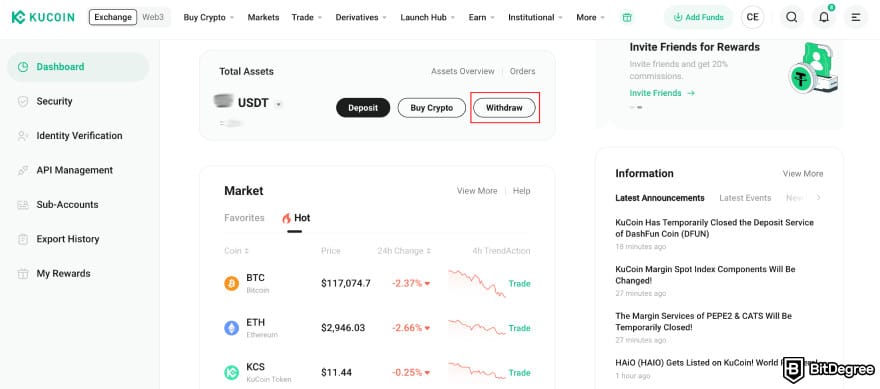
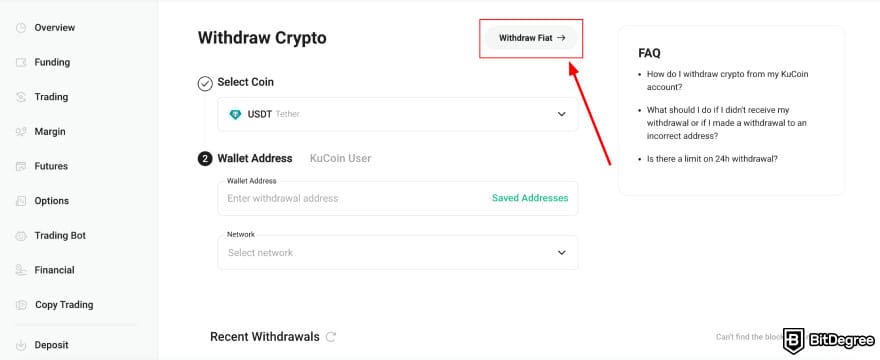
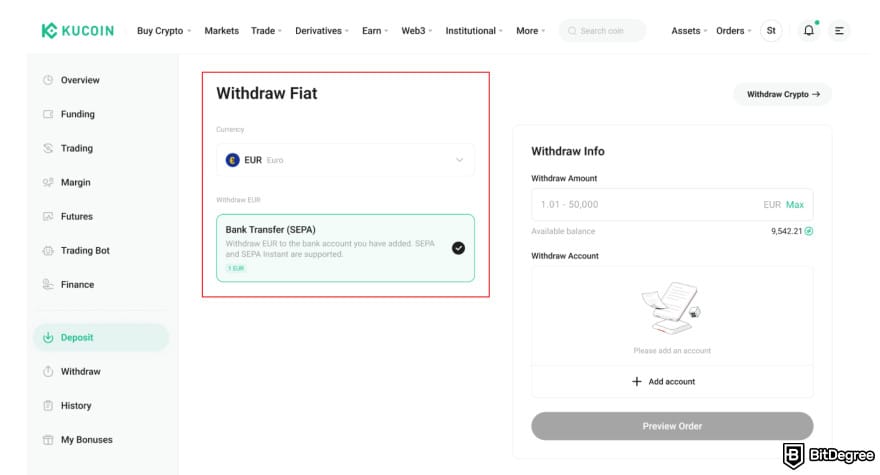
If you haven’t linked and verified your bank account on KuCoin yet, KuCoin will guide you through it. You’ll typically need to make a small Euro deposit from that same account into KuCoin to prove ownership, a quick and one-time process.
How To Withdraw Money From KuCoin to PayPal
Since KuCoin only supports fiat withdrawals in Euros (via SEPA) or Brazilian Real (via Pix), you might be wondering: what if you want to cash out in USD, TRY, or any other fiat? Let me explain how. Don't worry, it's not that complicated.
Withdraw Your Crypto to Another Exchange
The trick of how to withdraw money from KuCoin to PayPal is quite simple. You will simply do a crypto withdrawal from KuCoin - meaning you’ll move your crypto to another exchange like Binance, that supports the currency or payout method you’re after (like USD wire transfers, ACH, or PayPal). Let's do that first.
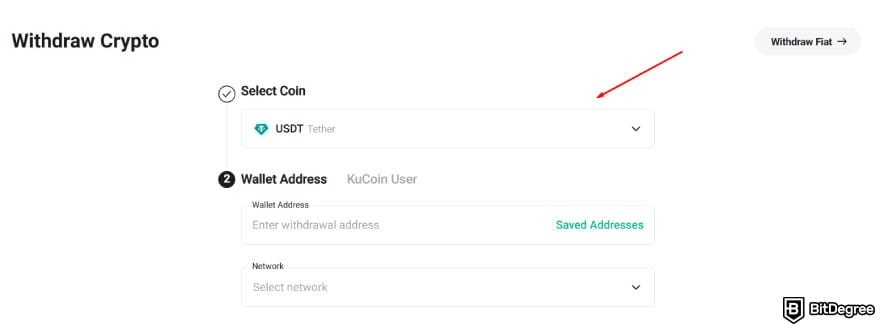
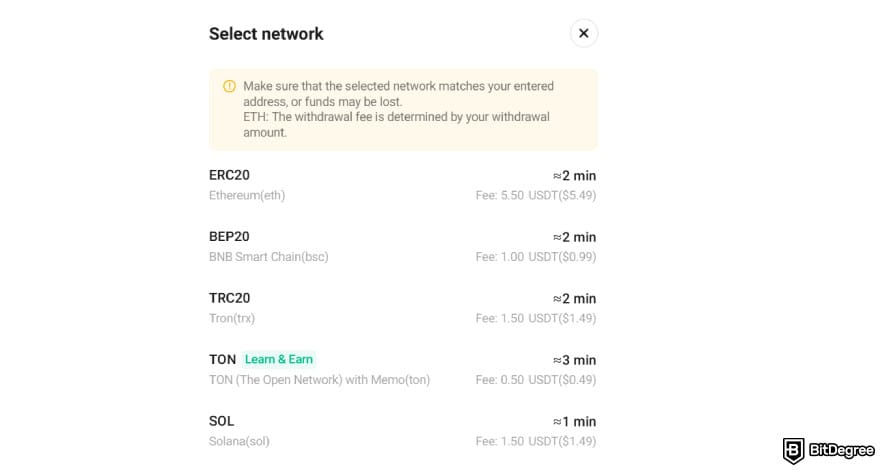
Cashing Out from Binance
With your crypto now on Binance, here’s how to cash out to your bank account, quickly and safely.

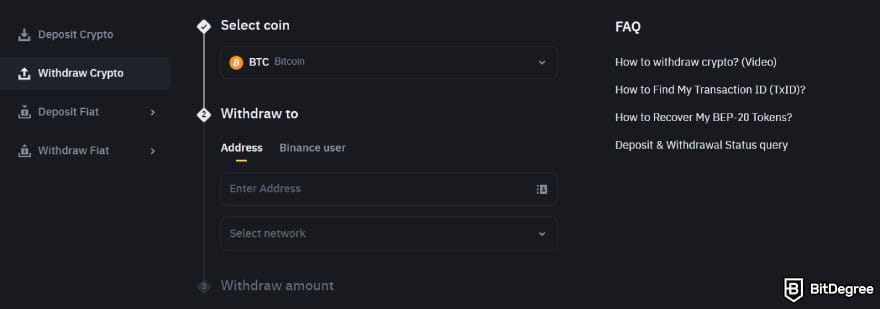
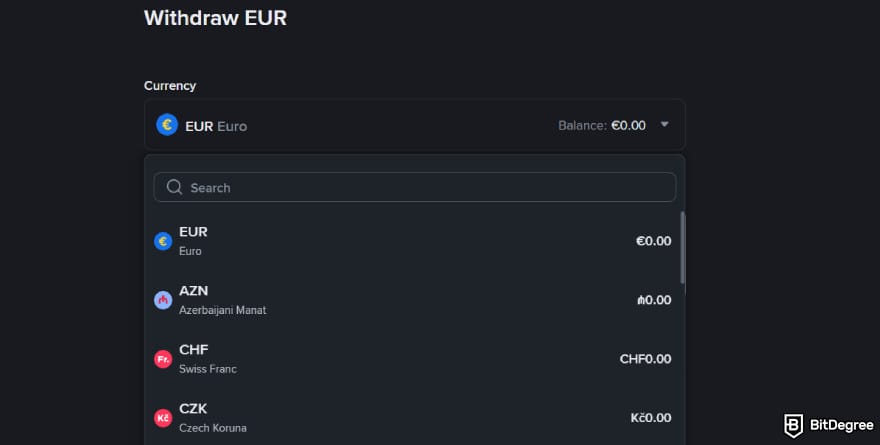
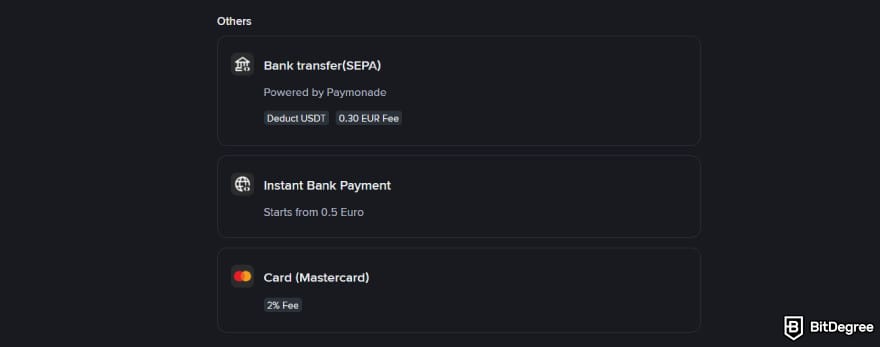
What Are the Key Considerations When Withdrawing Money From KuCoin?
Before you hit that final [Submit] button on your KuCoin withdrawal, it’s a smart move to slow down and make sure you’ve thought through a few important factors. This isn’t just about avoiding mistakes - it’s about making your entire experience safer, faster, and cheaper.
Security
Treat withdrawals like bank wires: lock down access first. Enable app‑based 2FA, set a unique six‑digit trading password, and add an anti‑phishing code so genuine KuCoin emails are easy to verify.
Use KuCoin’s Address Book to whitelist destinations and toggle [withdrawals to whitelist only]. For large moves, send a small test, then the remainder. If you change email, 2FA, or Trading Password, KuCoin imposes a 24‑hour withdrawal hold.
Review trusted devices and, if available in your region, consider login IP restrictions. Keep recovery codes offline and never store seed phrases in screenshots or cloud notes.
Data Privacy
Expect robust KYC: document capture, liveness verification, and name matching. Complete verification only through the in‑platform flow. Never email IDs to anyone claiming to be support. Store scans in an encrypted manager or vault and avoid cloud shares that lack end-to-end encryption and granular access controls.[1]
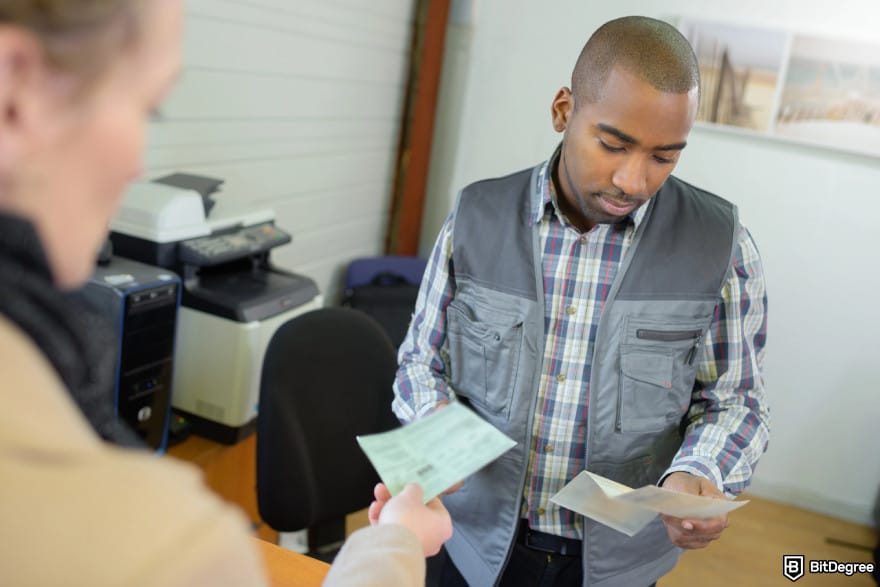
Furthermore, it's important to understand the travel rule. Regulated exchanges increasingly exchange sender and recipient details for qualifying transfers between virtual asset service providers. Even if you self‑custody, funds you later send to a regulated venue may be linked to you via clustering heuristics and prior KYC events across counterparties.
Lastly, minimize your footprint. Use a dedicated email that does not reveal your full name. Limit metadata in screenshots by redacting order numbers and addresses before saving. Avoid posting transaction hashes or wallet balances on public forums where they can be cross‑referenced with your identity or social profiles.
Fees & Limits
Treat your cash‑out as an end‑to‑end route. Add up the exchange withdrawal fee, on‑chain (gas) fee, any conversion spread, fiat rails fees, and possible correspondent bank deductions. The one leg you ignore can wipe out savings elsewhere - price the full route before you hit [Submit], not just the on‑chain step.
Sending stablecoins on a congested L1 often costs more and confirms slower than a supported low‑cost chain or a major L2 (e.g., USDC on Arbitrum/Base/Optimism if your receiving exchange supports it). Consider those cheaper options, but avoid obscure bridges that add smart‑contract and counterparty risk for tiny savings unless you fully understand those risks.
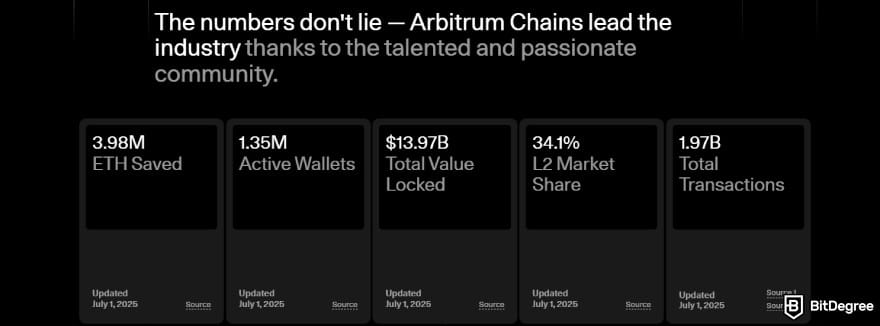
Local rails can be flat‑fee or free (e.g., SEPA, ACH, Faster Payments), while international SWIFT wires may see intermediary deductions by correspondent banks. "Zero‑fee" cash‑outs often hide costs in the FX spread. Compare the exchange’s quoted rate to an independent mid‑market reference, and consider withdrawing directly in the currency you plan to spend.
Transaction Timing
End-to-end timing involves a series of queues. On-chain transfers wait for block inclusion, and then the receiving venue waits for a set number of confirmations.[2] That policy varies by asset and network conditions. A transaction marked "broadcast" is not the same as "credited to your fiat balance".
In addition, bank rails have their own clocks. SEPA often settles quickly, but ACH and SWIFT follow cut‑off times and business‑day calendars. Regional holidays and weekend batching can push settlement to the next window. Plan withdrawals early in the week for predictability.
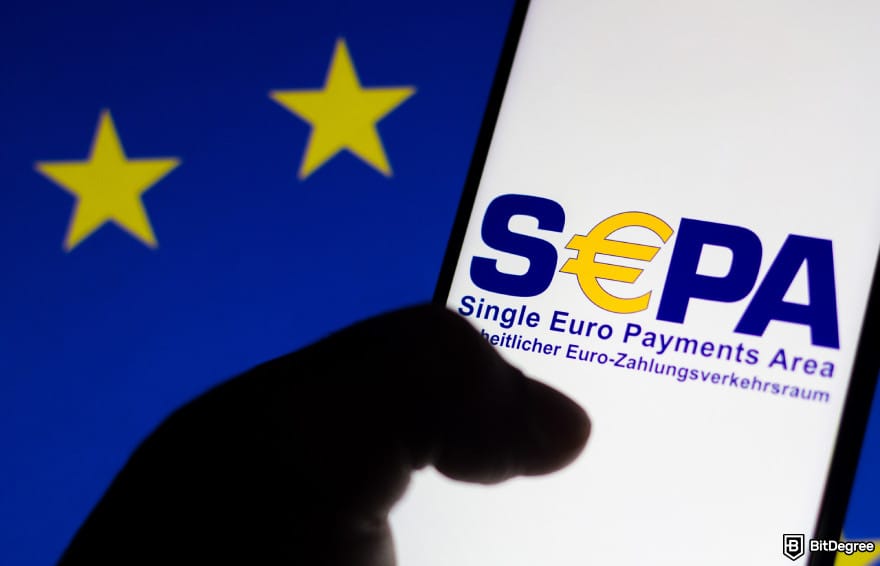
Exchanges also schedule maintenance and wallet rotations. Temporary suspensions can delay credits even if the network is fast. Status pages and in‑app banners typically announce these windows. If speed matters, check status before initiating, and avoid large moves right before known upgrades or network hard forks.
Bank Compliance
Expect banks to evaluate crypto‑sourced deposits under AML and fraud policies. Prepare a lightweight “proof‑of‑funds” kit: exchange statements, transaction hashes, purchase records, and a brief timeline from acquisition to cash‑out. Having this ready turns a difficult back‑and‑forth into a quick verification.
Name alignment is foundational. Withdraw to an account in your own name. Third‑party or mismatched names are commonly blocked. If you operate a business, route flows through a properly documented corporate account and keep personal and company transactions separate to avoid co‑mingling and accounting headaches.
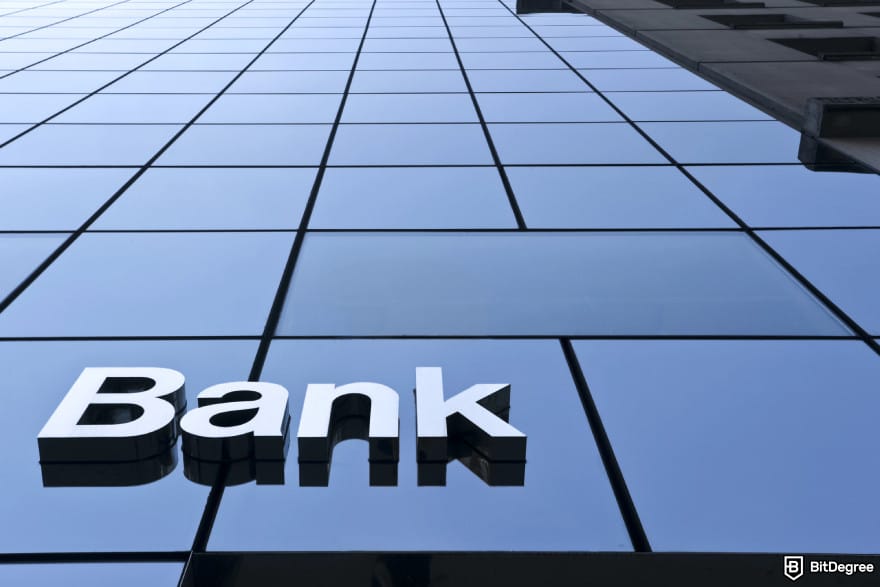
Avoid suspicious patterns. Rapid round‑tripping between exchanges, splitting large amounts into many small deposits, or using mixing‑type services can trigger reviews. Sanctions screening and chain analytics flag risky counterparties. If exposure exists, document why and be ready to demonstrate legitimate origin and commercial purpose.
Possible KuCoin Withdrawal Challenges
Even with the best planning, withdrawing money from KuCoin isn’t always completely frictionless. Here are some common hurdles - and how to handle them.
Low Fiat-Currency Options to Withdraw
KuCoin’s fiat support is limited to just EUR and BRL. If you live in the US, UK, Canada, or any other country wanting local currency, this means extra steps - usually withdrawing your crypto to Binance or Coinbase, then cashing out there. It’s not overly complex, but it does mean higher fees, more moving parts, and more places where mistakes could happen.
Security Risks
The biggest risk is user error: sending crypto to the wrong wallet address or entering incorrect banking details. Unlike with traditional banking, crypto transactions are irreversible. Always double-check the receiving address and consider sending a small test transaction first if you’re moving large amounts. On the fiat side, double-check your IBAN and SWIFT codes. A typo could delay your money for weeks or even result in a failed transaction.
KYC Issues While Withdrawing
Occasionally, large withdrawals can trigger extra compliance checks. This isn’t unique to KuCoin - it’s standard across most regulated exchanges. If your withdrawal is taking unusually long, check your email for a request from KuCoin’s compliance team. Having your ID documents and proof of funds ready speeds this up.

- Secure and reliable
- Accepts fiat currencies
- Lots of trading options
- Reputable exchange
- Accepts fiat currencies
- Offers various trading options

- Huge trading variety
- Regulation-compliant around the globe
- Fair trading fees
- Beginner-friendly
- A wide array of features
- Vast number of different crypto coins & tokens

- Beginner-friendly
- Secure
- Decent trading and withdrawal fees
- Crypto.com Visa Card
- Automated tools & bots
- Ecosystem synergy with CRO
No Cancellation Policy
After you hit Confirm on a withdrawal, there’s usually no going back, especially with crypto. Even fiat withdrawals can’t be reversed if they’re already marked as processed. That’s why it pays to be absolutely sure before hitting submit.
Conclusions
We’ve covered quite a journey on how to withdraw money from KuCoin. Whether you’re doing a direct SEPA transfer in Euros, using Pix for BRL, or taking the more global approach of moving your crypto to Binance or Coinbase before cashing out in USD or sending money to PayPal, the key is to be informed and deliberate.
Security and privacy aren’t just checkboxes - they’re ongoing practices. Always double-check addresses, enable all available protections, and keep an eye on your emails for compliance checks. Also, be mindful of fees and how different networks or withdrawal methods can affect the total cost and speed of getting your money.
Ultimately, KuCoin remains a solid option for buying, trading, and even cashing out your crypto, especially with its robust set of security features and reasonable withdrawal fees. But if you ever find KuCoin’s direct fiat options too limited, remember exchanges like Binance, Bybit, or Coinbase can be excellent partners to bridge that gap.
The content published on this website is not aimed to give any kind of financial, investment, trading, or any other form of advice. BitDegree.org does not endorse or suggest you to buy, sell or hold any kind of cryptocurrency. Before making financial investment decisions, do consult your financial advisor.
Scientific References
1. Houy S., Schmid P., Bartel A.: 'Security Aspects of Cryptocurrency Wallets—A Systematic Literature Review';
2. Kwapien J., Wątorek M., Bezbradica M., Crane M., Mai T., Drożdż S.: 'Analysis of inter-transaction time fluctuations in the cryptocurrency market'.
